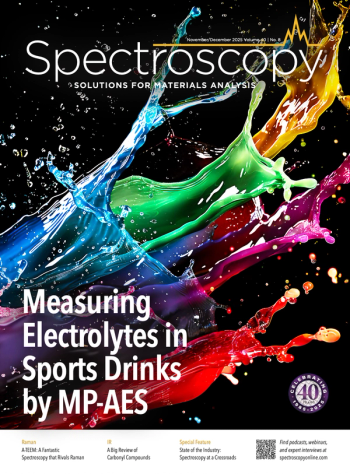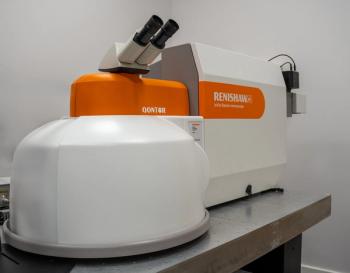
Exploring the Interaction of New Methylene Blue with Serum Albumin Proteins
A recent study examined the interaction mechanism between methylene blue (NMB) and human serum albumin (HSA) and bovine serum albumin (BSA).
In a recent study published in the journal Spectrochimica Part A: Molecular and Biomolecular Spectroscopy, the interaction mechanism between methylene blue (NMB) and two serum albumin proteins, human serum albumin (HSA), and bovine serum albumin (BSA) was explored (1). The findings revealed how NMB impacts the behavior of HSA and BSA.
Understanding the molecular behavior of proteins is important. The researchers deciphered the binding sites of NMB through study of the emission spectra and discovered that when exposed to NMB, substantial quenching of emission intensity in both BSA and HSA occurred (1). This observed emission quenching was revealed by Stern–Volmer and double logarithmic plot analyses. The binding constant values (Kb) were measured as 2.766 and 1.187 × 105 dm3 mol−1 for HSA–NMB and BSA–NMB, respectively (1).
The investigation was further validated by time-resolved fluorescence lifetime measurements and UV–vis absorption studies, confirming the formation of complexes between NMB and HSA/BSA (1). Thermodynamic analysis highlighted the spontaneous binding process driven by hydrogen bonds and van der Waals interactions, playing a pivotal role in the complexation (1).
The research team also observed alterations in the HSA and BSA microenvironment, which were attributed to circular dichroism and synchronous fluorescence data (1). Utilizing molecular docking, a plausible binding mode of NMB within the binding pocket of HSA and BSA was predicted (1). The stabilized NMB was situated at the Subdomain IIA (site I) of both proteins, corroborating findings from the competitive binding assay (1).
Principal component analysis (PCA) was also used to show the distinct patterns in docking poses between the two protein models. The experimentally determined binding free energy (ΔGbind) values were in excellent agreement with those obtained from molecular dynamic simulation-based binding free energy (ΔGmmgbsa) estimations across different temperatures (1).
Reference
(1) Manivel, P.; Marimuthu, P.; Ilanchelian, M. Deciphering the binding site and mechanism of new methylene blue with serum albumins: A multispectroscopic and computational investigation. Spectrochimica Acta Part A: Mol. Biomol. Spectrosc. 2023, 300, 122900. DOI:
Newsletter
Get essential updates on the latest spectroscopy technologies, regulatory standards, and best practices—subscribe today to Spectroscopy.



